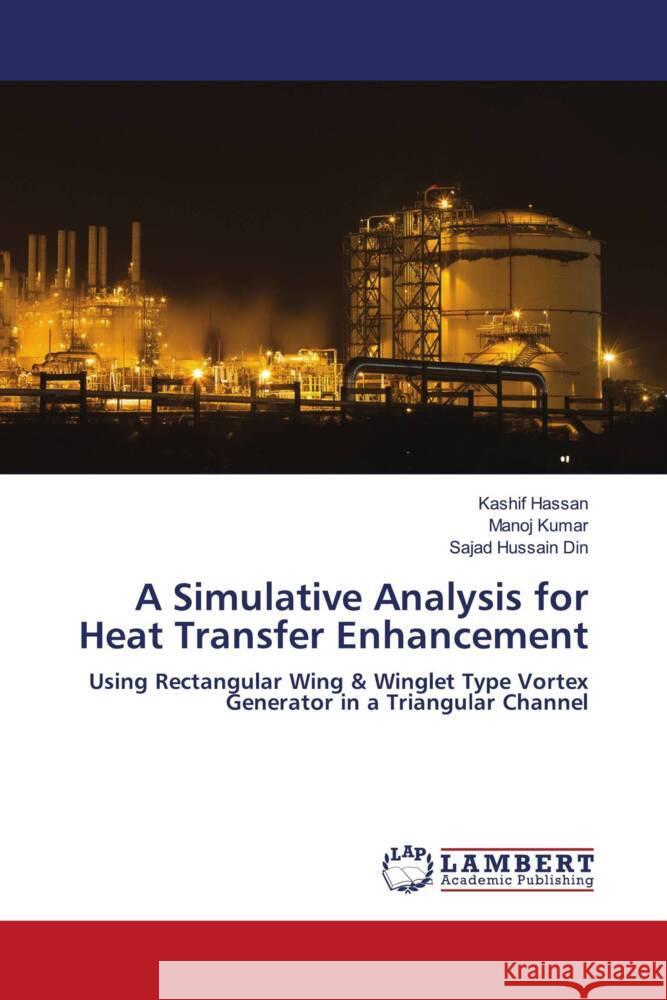A Simulative Analysis for Heat Transfer Enhancement » książka
A Simulative Analysis for Heat Transfer Enhancement
ISBN-13: 9786203853766 / Angielski / Miękka / 76 str.
The augmentation of heat transfer through different ways has been developing as an intense area of research since many years. The recent increase in the use of heat exchangers for industrial applications has called for improvement in their design, efficiency & compactness. In general the thermal resistance offered by the gases therefore performance of heat exchangers with gas as the working fluids becomes practically important. One of the most common techniques for compensating the poor heat transfer properties of gases is that the surface area density of plate heat exchangers be increased by using the secondary fins such as offset fins, triangular fins, wavy fins, louvered fins etc. In addition to this a promising technique for enhancement of heat transfer is use of longitudinal vortex generators. The longitudinal vortices are produced due to the pressure difference generated between the front and back of the vortex generator. The longitudinal vortices facilitate the exchange of fluid near the walls with the fluid in the core and hence, the thermal boundary layer is disturbed. It causes an increase in temperature gradient at surface which leads to heat transfer augmentation.











